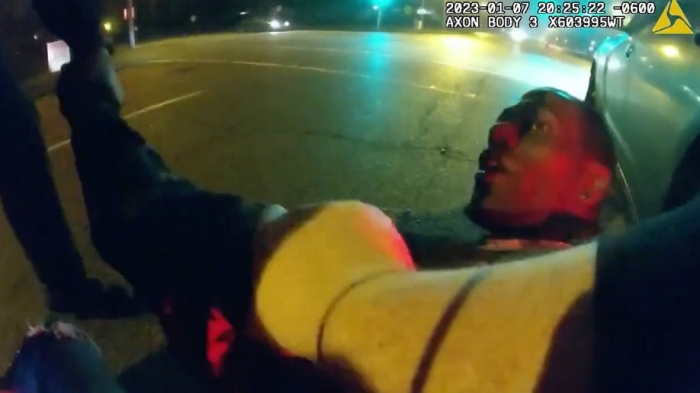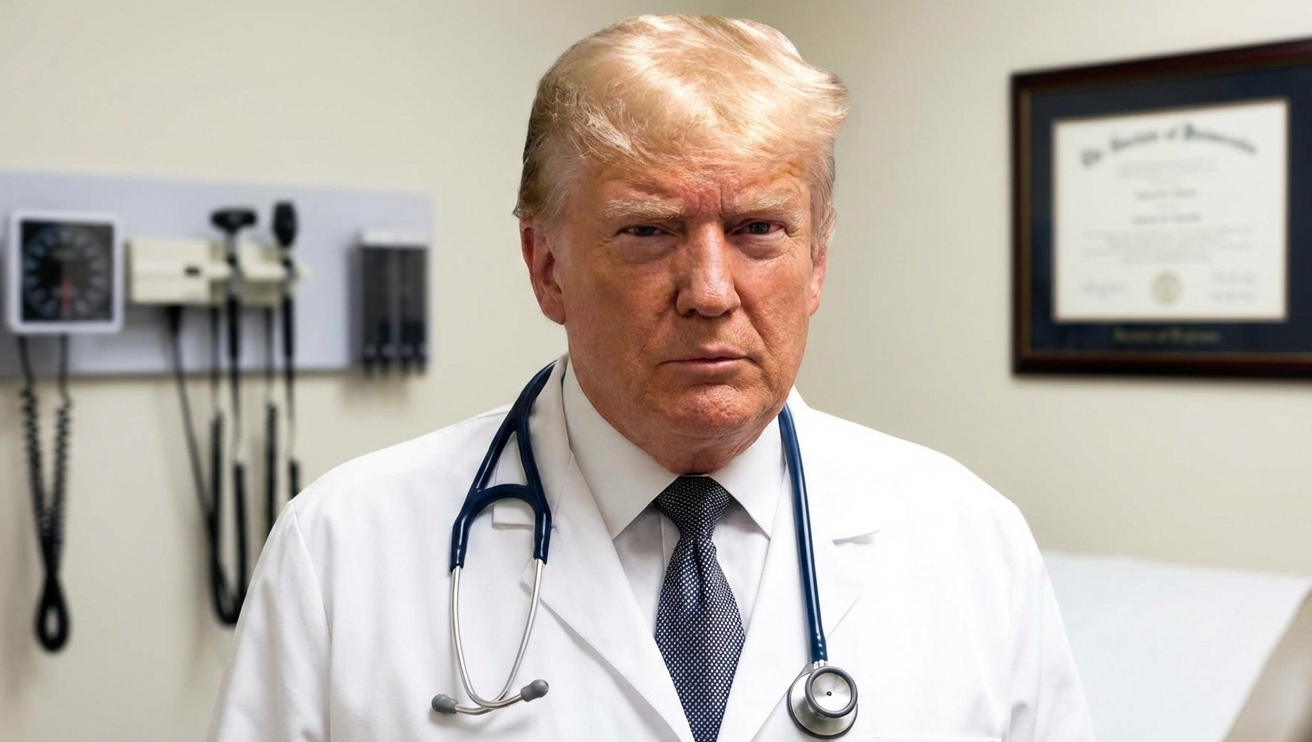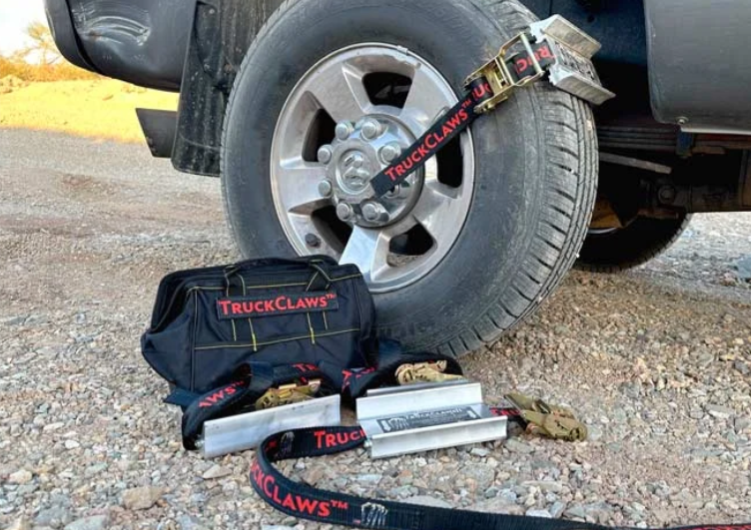(ThyBlackMan.com) Many advocates for the use of Body Cams on police were quick to credit them for outing the cops that bludgeoned Tyre Nichols. Without the Body Cams and the relatively speedy release of the grotesque footage of the Nichols assault, the five cops that beat him almost certainly would have walked free.
This is a false hope. The blunt truth is that Body Cams are colossal failure to curb police violence. Police killings hit a record high in 2022. And despite the widespread public impression that most departments now require body cams on officers, the overwhelming majority of them nationwide don’t. Only seven states require their use. Memphis was an anomaly in a police department promptly releasing Body Cam footage. Most police departments still don’t release them instantly or on a timely basis.

The presumption has always been that when cops know they are being filmed and their actions documented this will make them far less inclined to be quick on the trigger or in the use of their fists, or hammer locks.
This hasn’t been the case. There’s far more to the use of Body Cams than just simply clamping one on the lapel or collar of an officer. There’s the matter of what a Body Cam can and can’t do, or even should be expected to do. Contrary to widespread belief, only a minuscule number of police-citizen encounters involve the use of force. Only a small fraction of police calls involve felony stops or arrests.
A body camera has little practical value here. Its main function then is to document encounters that involve the potential use of force. That is to provide a neutral, objective picture of what went on during that encounter, to avoid the almost certain — he said, she said — about how and why a use of force tragedy happened. But that may not be the case. In the state trial of the four LAPD officers who beat black motorist Rodney King in 1991, their defense attorneys skillfully pounded away that the video of the beating did not give the complete picture of what happened.
They successfully argued that the camera didn’t show King’s alleged aggressive behavior toward the officers before the beating commenced, and that the amount of force that they used was reasonable and necessary to subdue the supposedly combative King. The jury in the state trial bought their argument and they were acquitted of most charges.
In the trials of other police officers since the King case who have been charged with the overuse of force in which there was videotape evidence that appeared to show the officer did commit the acts, their defense attorneys have also argued that the camera captured only part of the picture, not the whole picture.
A body camera has a similar hitch, in this case, technologically. It records only what’s in front of the officer. If the officer turns his body, is walking or running, and there are different angles in the encounter, it won’t give an accurate picture of the full encounter.
There’s a couple of other fail-safe hitches that render the use of Body Cams questionable, if not almost worthless in reducing police violence. The Memphis officers that beat Nichols wore Body Cams, had them turned on, and knew they were being filmed. There was no effort by police officials to drag their feet on timely release, and certainly not doctor the footage.
Yet, the officers still acted with reckless, and hideous, brutality in assaulting Nichols. There had to be a level of confidence on their part that the footage alone of their wanton violence would not get them into hot water with the department’s higher ups. There had to be the same level of confidence that the protective culture of policing and the ingrained belief among much of the public that police must be given the benefit of the doubt in controversial or dubious actions toward civilians would shield them. Thankfully in this case it didn’t. However, again Memphis was the rare exception.
Prosecution of police officers that use excessive force, are still extremely rare. That includes many of the officers who commit their questionable acts while outfitted with Body Cams.
Many police departments that require Body Cams have not made clear how the footage of the actions of the officers that are equipped with them will be used or when released. This remains a discretionary judgment call police official’s make when there is a controversial use of force encounter and the officer involved in the encounter is wearing the Body Cam. These questions come into play: Did it show all? Was there more? How will the action be interpreted? And who will decide on the merit of the interpretation?
Police officials everywhere publicly pledge accountability and transparency. They certainly do not want the nightmare of having to endlessly defend their departments from the charges of excessive force. But from the evidence to date, Body Cams have done little to stop that from happening.
Written By Earl Ofari Hutchinson
Feel free to connect with him through twitter; http://twitter.com/earlhutchins
He is also an associate editor of New America Media. His forthcoming book is From King to Obama: Witness to a Turbulent History (Middle Passage Press).
















Leave a Reply